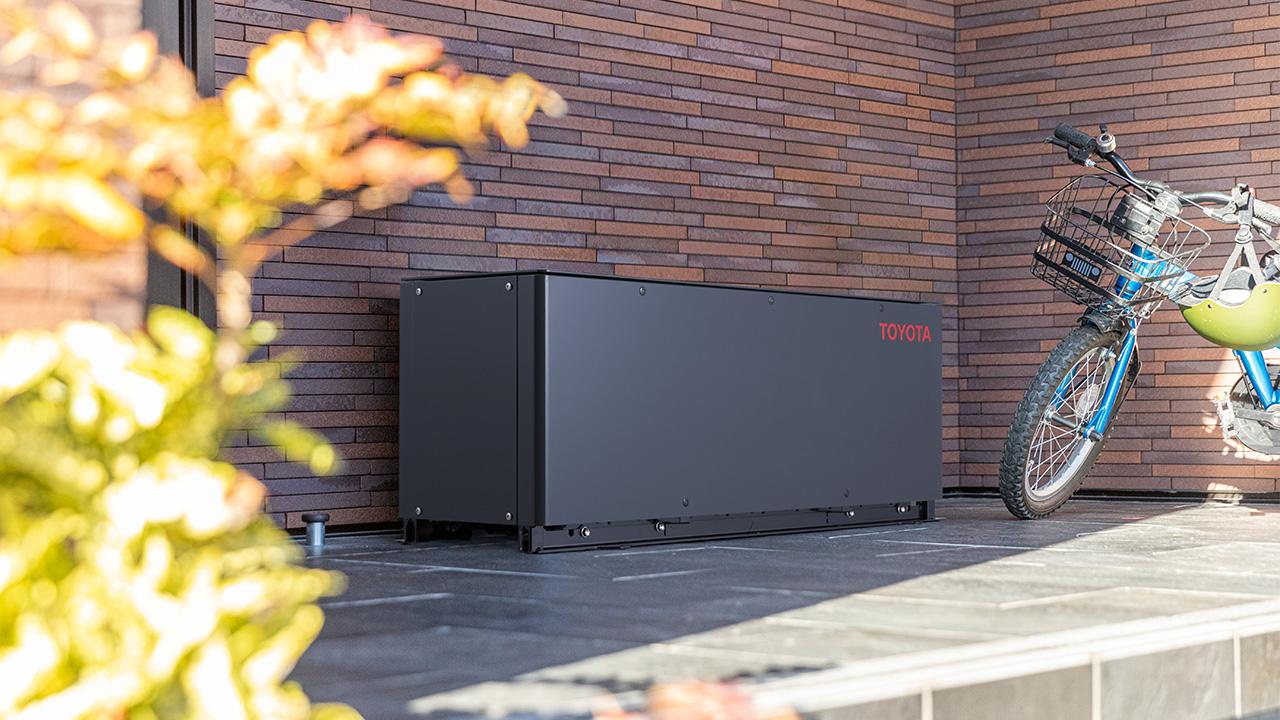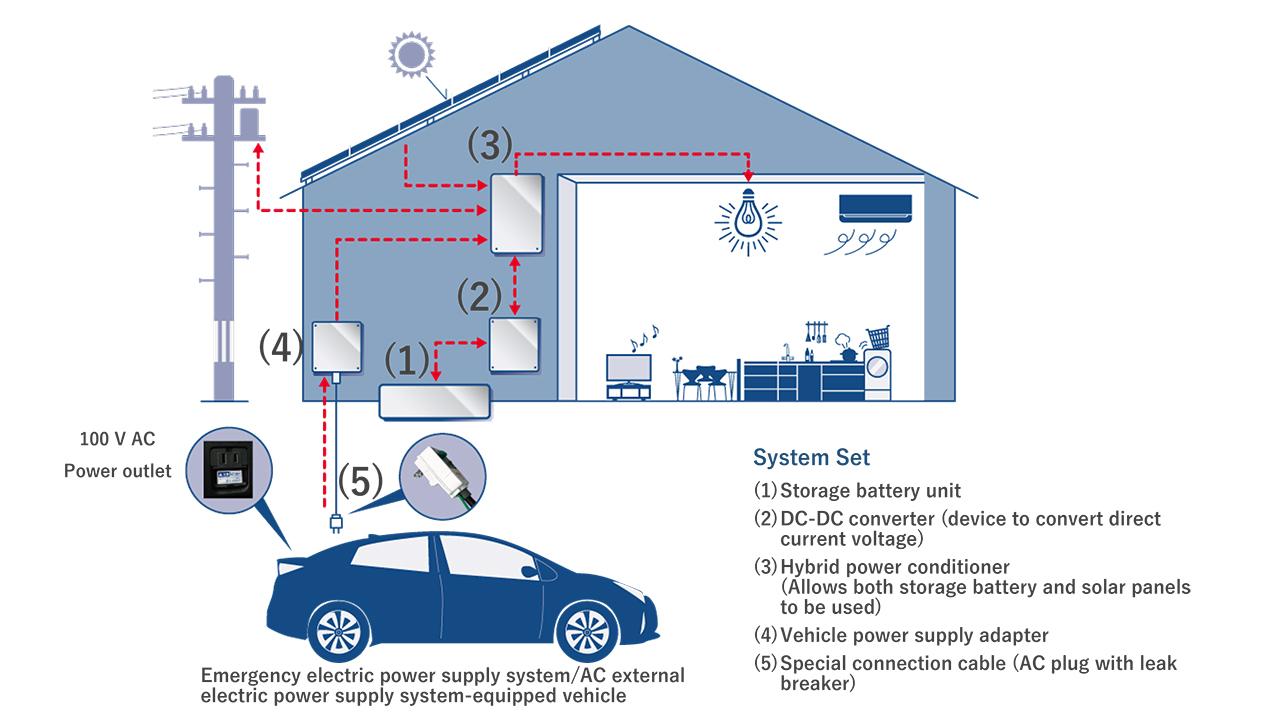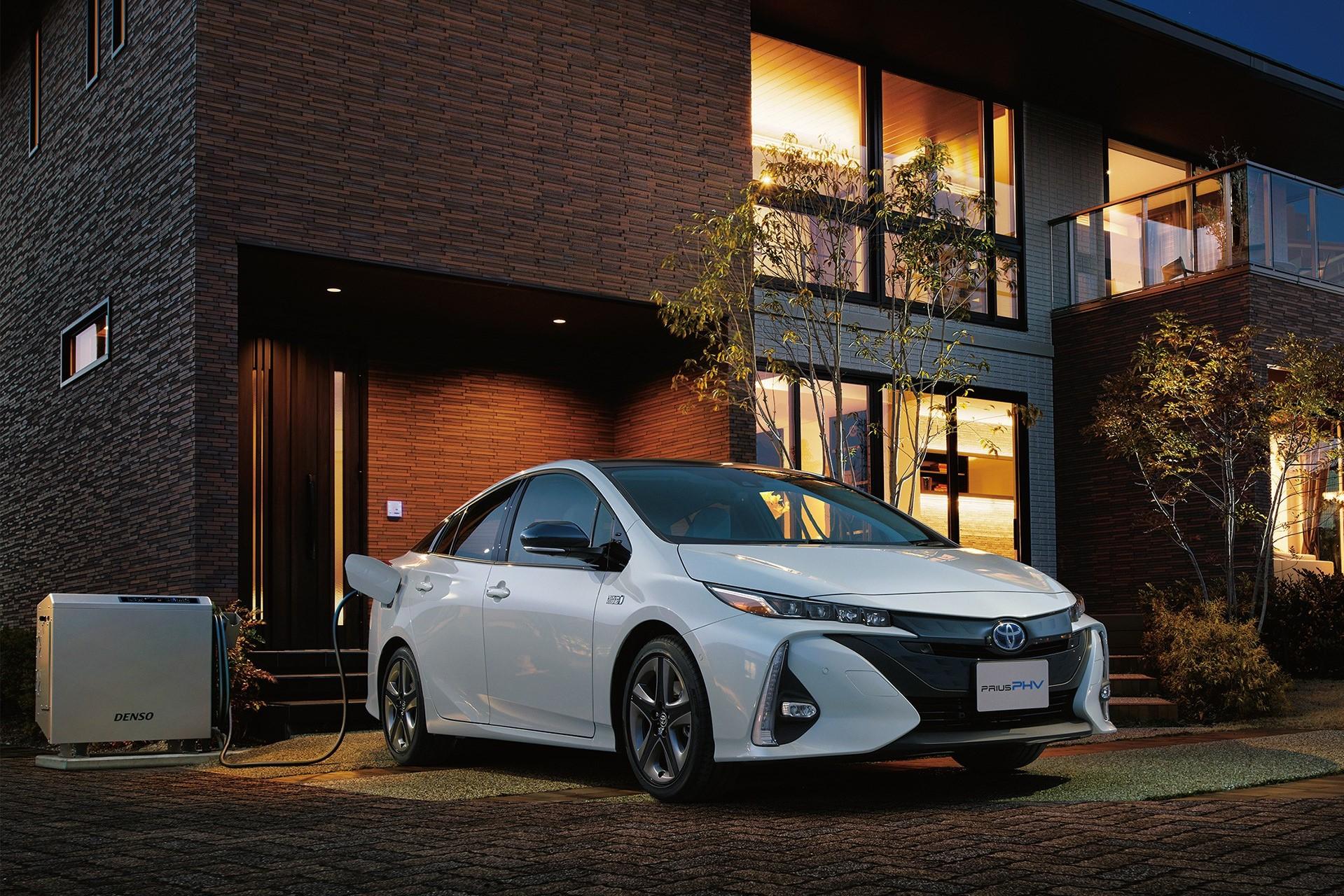
As stable power supply becomes an increasingly critical issue worldwide, Toyota has released a home battery system in Japan. Here, we look into the project's background and the struggles of the team charged with this new battery business.

On August 24, 2022, Toyota began sales of its own home battery, the O-Uchi Kyuden System in Japan.

With a rated capacity of 8.7 kWh and an output of 5.5 kWh, the system helps ensure a stable supply of electricity to an entire house at all times, including during power outages.
Hooking the battery system up to solar panels can also allow it to charge during the day to provide power at night. This means it can help provide stable energy tailored to household needs and promote renewable energy use.
Various types of home battery systems are already available on the Japanese market, but the question is, why is Toyota joining in now? And what makes their system different from others?
Massive power outage reveals a new issue
Supplying power is one new role for cars in times of disaster with the recent spread of electrified vehicles. The issue is, however, that not many people are fully aware of this new feature.

In September 2019, a typhoon brought fierce winds and heavy rains to the southern Kanto region around Tokyo, which knocked out power to up to 930,000 homes. It took 12 days to fully restore.
At that time, many of those in the affected areas who owned Toyota’s hybrids (HEVs) or plug-in hybrids (PHEVs) did not know about their vehicle’s power supply functions or how to use them.
Soon after, Toyota recognized that as a problem. “Even I was not sure if my PHEV had a power outlet,” said President Akio Toyoda at an event during the Tokyo Motor Show in November of the year. A series of natural disasters prompted the company to step up efforts in providing more effective disaster relief and social services through cars, including more proactive communications of the underutilized features.
Increasing need for smart electricity management
This was right around when the Japanese solar power market was reaching a turning point under Japan’s FIT system* in which households can sell their excess solar power back to the grid at a fixed and profitable price for the first ten years. The system was designed to accelerate home solar power installment; however, those 10-year contracts started expiring from 2019 * .
* In Japan, a Feed-in Tariff Scheme for Renewable Energy (FIT) began in November 2009, under which electric power companies purchase electricity generated from solar and other renewable energy sources at a fixed price for ten years. From that point to 2019, the number of private homes installed with solar panels reached 2.7 million. Japan also became the leading major nation in the rate of solar power generation by land area.When the buy-back period ends, the purchase price will fall to about one-sixth of its former price, from 48 yen per kWh to 8 yen. Market research company Fuji Keizai forecasts that the number of former FIT households will reach 2.42 million by 2030.
This has led to a new style where households store electricity generated at home or purchased from the grid during low-cost periods, resulting in the home battery market almost doubling from 70,000 units in 2018 to 127,000 units in 2020.
It is now more important than ever to consider smart management of electricity generated at home and purchased from the grid using home batteries.

